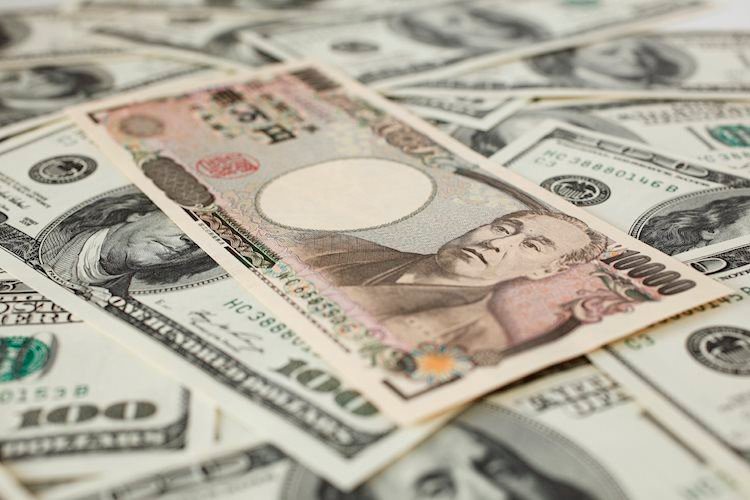Oct 17 (Reuters) – Analysts turned bearish on most Asian currencies, with short bets on the Indian rupee at a one-year high, as expectations the Federal Reserve would cut rates less aggressively strengthened the dollar and took the shine off riskier Asian assets.
Short positions in the South Korean won , the Philippine peso and the Indonesian rupiah are at their highest since July 25, a fortnightly poll of 11 analysts showed on Thursday.
Bullish bets in the Chinese yuan , Singapore dollar , Malaysian ringgit , and Thailand’s baht also reduced significantly from early October.
The dollar index , which measures the greenback against six major rivals, has risen 3% so far since Sept. 30. The index is currently trading at 103.57, a high last seen in late July.
Responses to the poll were received before central banks in Thailand, the Philippines, and Indonesia made interest rate decisions on Wednesday.
“Though fundamentals show that rates should be cut towards neutral now, the weakening in the peso should keep the BSP cautious with the pace of easing, careful to go faster than the Fed,” said Eugenia Victorino, head of Asia strategy at Skandinaviska Enskilda Banken.
In Thailand, despite government support for the rate cut, the baht remains the second-best performing currency in Asia this year, up nearly 3% so far this year and surpassed only by the Malaysian ringgit.
Oil price volatility faltered investor confidence in the ringgit – also called a proxy to the yuan due to trade relations with China – as Malaysia stands out as the only net oil and gas exporter among the major emerging Asian economies.
Meanwhile, short positions on the Taiwanese dollar were at their highest since Aug. 8.
The Asian currency positioning poll is focused on what analysts and fund managers believe are the current market positions in nine Asian emerging market currencies: the Chinese yuan, South Korean won, Singapore dollar, Indonesian rupiah, Taiwan dollar, Indian rupee, Philippine peso, Malaysian ringgit and the Thai baht.
The poll uses estimates of net long or short positions on a scale of minus 3 to plus 3. A score of plus 3 indicates the market is significantly long U.S. dollars.
The figures include positions held through non-deliverable forwards (NDFs).
The survey findings are provided below (positions in U.S. dollar versus each currency):
Sign up here.
Reporting by Roushni Nair in Bengaluru; Editing by Janane Venkatraman
Our Standards: The Thomson Reuters Trust Principles.






